When the halls and classrooms of the Mathematical Grammar School, one of the most elite high schools in Serbia, fill up with 23 Serbian and 8 Romanian teams ready to show their engineering and programming skills of, you know that an exciting day is ahead. As the 80 young talents were getting ready to tackle the challenges awaiting them, the organizers were preparing a special surprise.
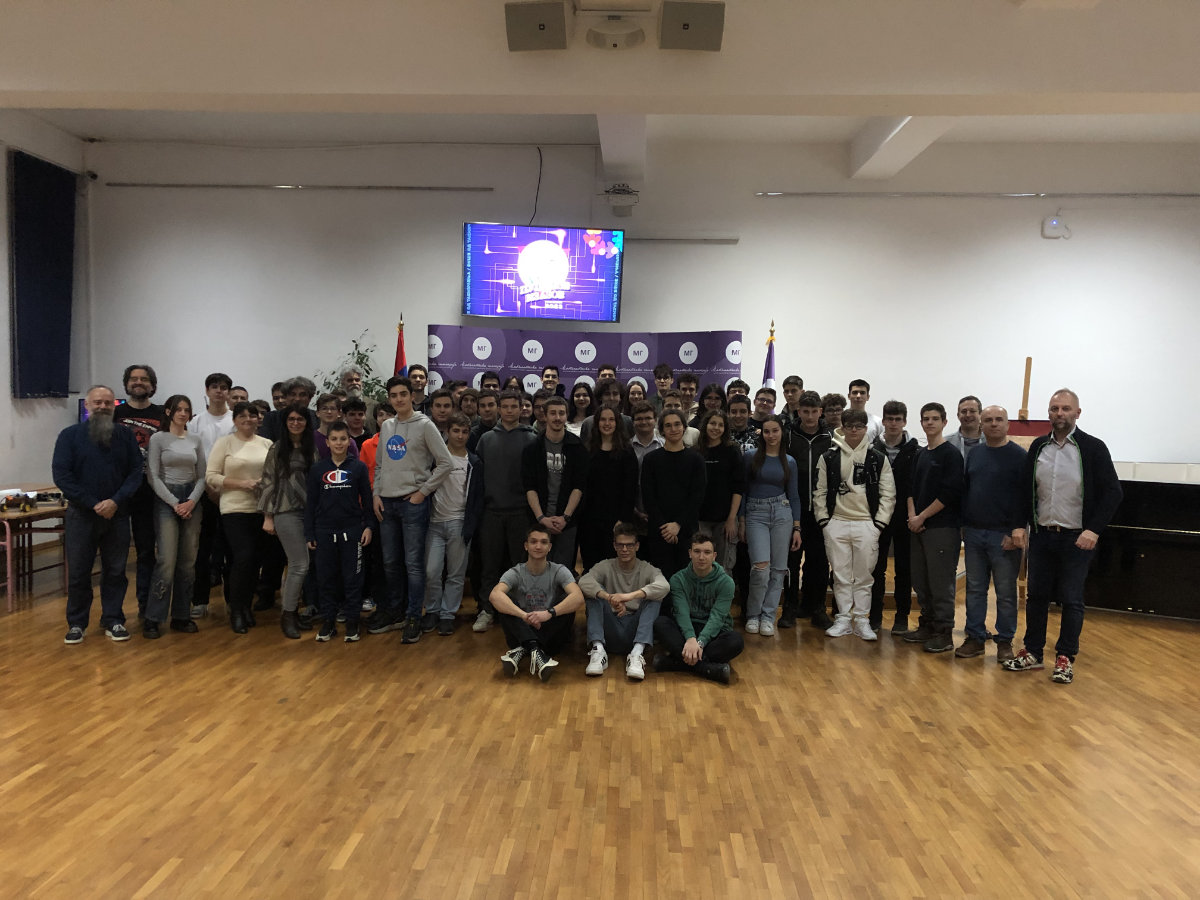
Kicking things off was Mirjana Katić, the principal of the host school. After short introductory addresses by Vladislav Petković, the competition’s lead coordinator, and Jovica Milosavljević, a physics teacher and a jury member, Radu Ticiu presented thoughts on STEM education drawn from his experience heading the Romanian branch of the CoderDojo project.

After that, Mehatronika’s own Dušan Dakić gave a short speech about new frontiers in IoT and edge computing, covering the already extensive use of AI in the field. Dušan also revealed the competition’s special prize, made possible by magazin Mehatronika and our friends over at NVIDIA: a Jetson Nano 4 GB Developer Kit. This board would be a significant leap from Arduino and Raspberry Pi boards most of the teams had experience with, and would enable the winning team to continue their projects empowered with NVIDIA’s cutting-edge AI tools.
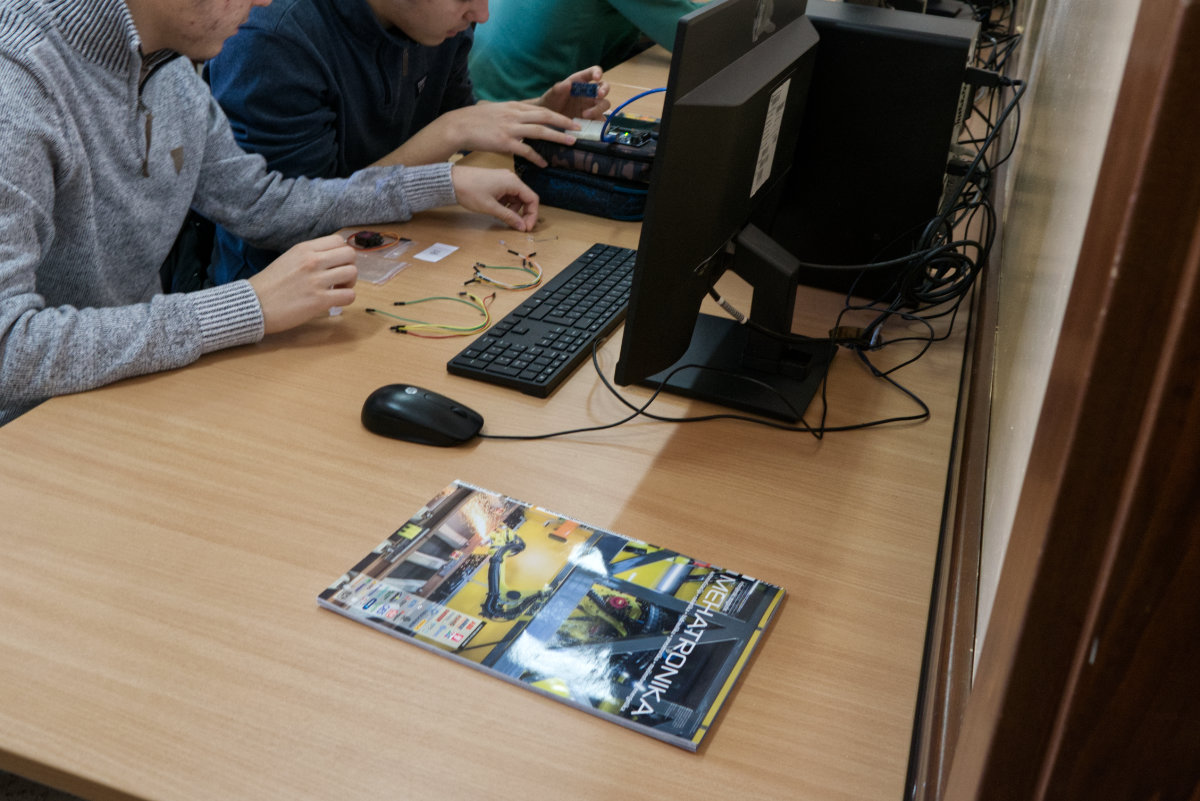
Separate from the three main prizes provided by the organizer for the best-ranking teams, our special prize required some additional work on the competitors’ end. Here, over at Mehatronika, working closely with the competition’s organizers, we devised three additional problems which would further test computer science, math and logic skills. Competitors’ success in tackling these would be crucial in determining who takes the little AI board home.
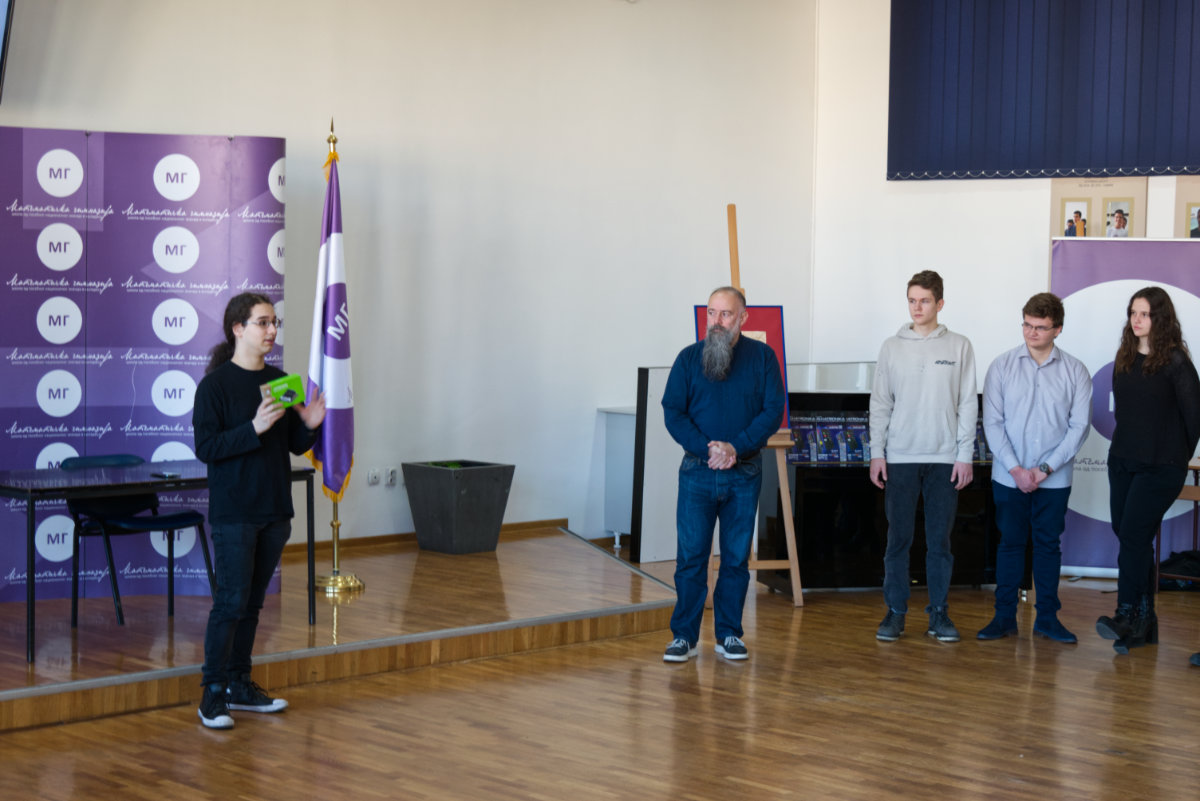
These turned out to be tricky for competitors, who already had their hands full designing a functional ultrasonic-based sonar replica. Our additions made this harder by, among other things, requiring the sonar to register and track objects across its scan path while achieving 1° scan accuracy – a feat requiring some clever processing algorithms in the software.
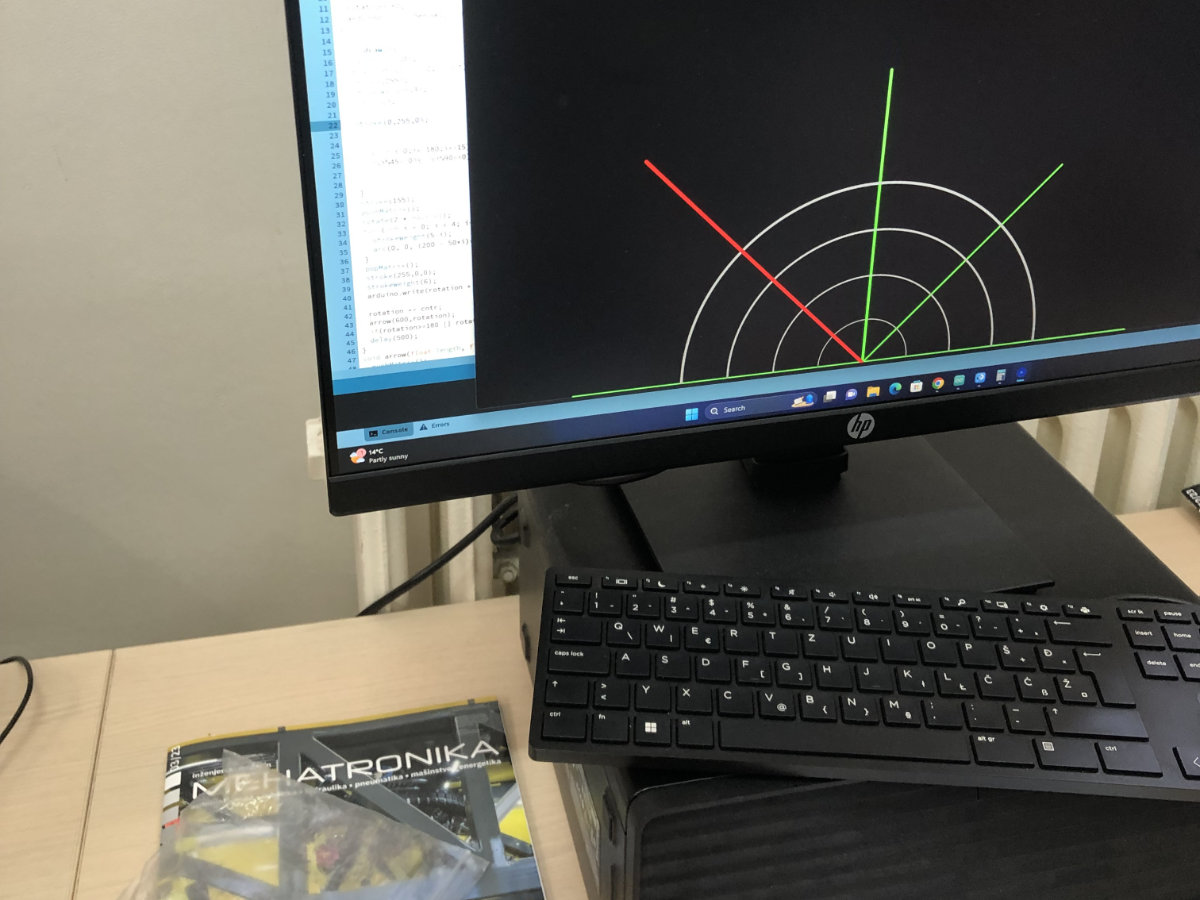
Additionally, we wanted to see how teams would tackle approximating object dimensions, as well as handle edge cases where objects obscure parts of each other.
We designed these challenges to resemble those solved daily using the power of AI. Object recognition and tracking, even when using unconventional data sources, remains a hot topic in the field for a simple reason – they are notoriously difficult to approach algorithmically.
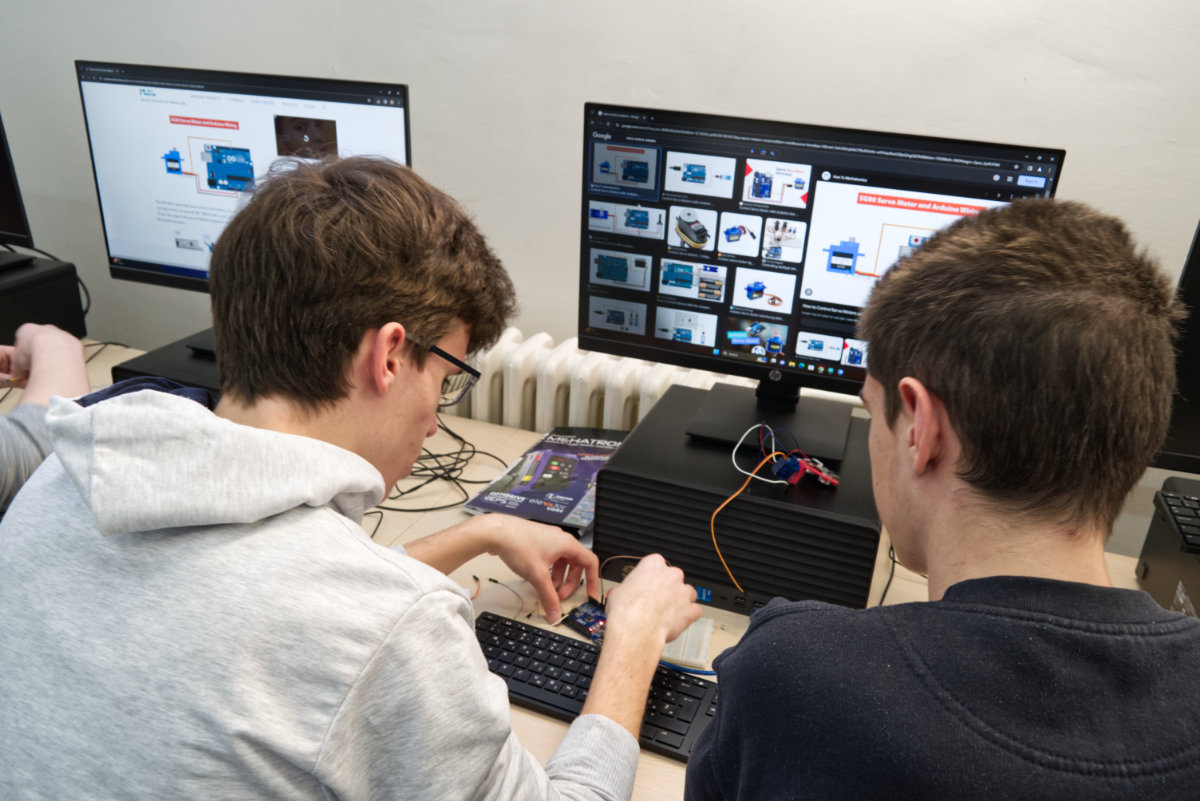
Two teams turned in exceptionally good work: “Krokodil u bari” and “Coder Dojo Timisoara – Andrei and Daniel” were up to the task – and, as it later turned out, were both among the top three teams overall.
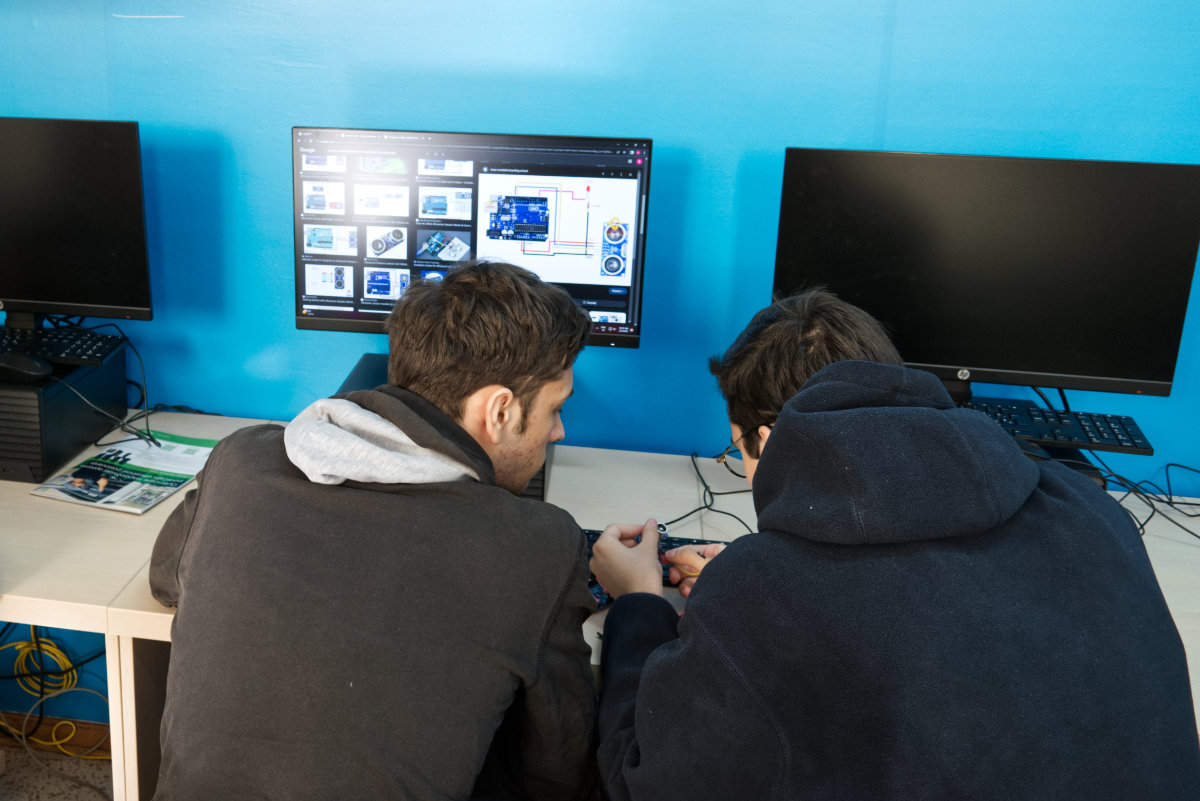
In a tough call for the jury. The former team ended up first overall, but Adrei and Daniel’s incredible work on our extra challenges led them straight to the Jetson Nano 4 GB Developer Kit and a not-so-shabby second overall ranking.
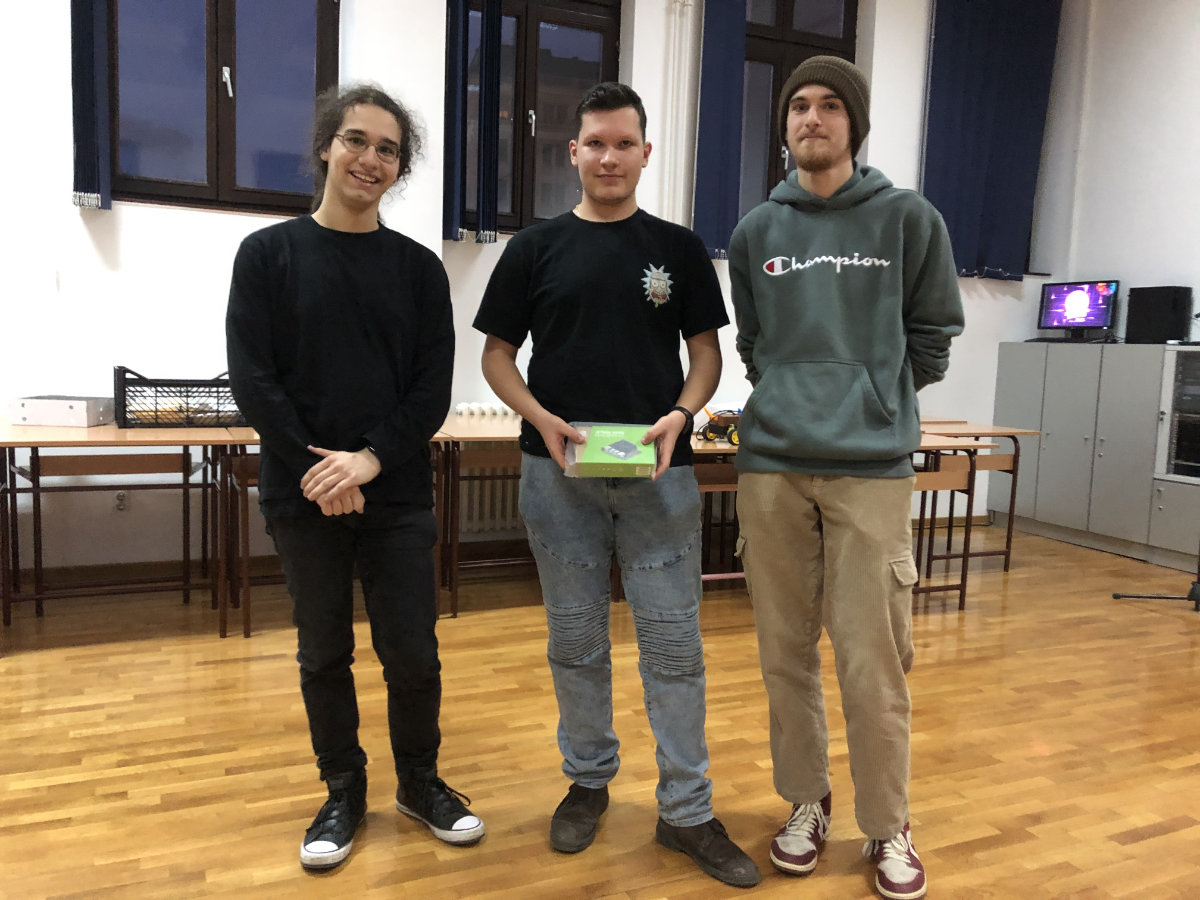
Mehatronika’s team was also present during the competition and further helped with press coverage and event organization. We’d like to thank our friends at NVIDIA for helping us further motivate future engineers, and finally, the organizers of Pupin’s Challenge for gathering so many passionate young people and providing them with a friendly, competitive environment.
- Banana Pi CanMV-K230D-Zero review - 06/24/2025
- Mehatronika interviews: Stefan Engleder - 06/10/2025
- Youyeetoo X1 review - 04/09/2024
